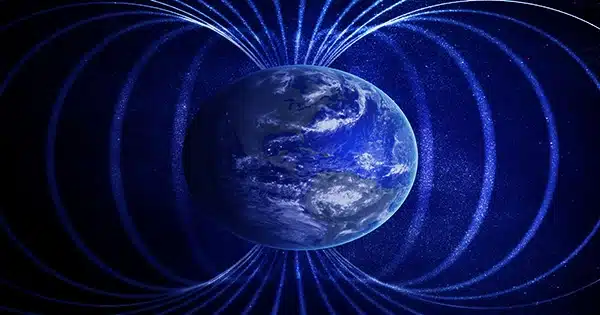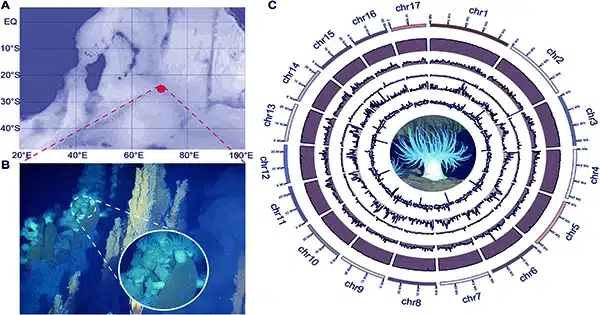Phonons, which are quasi-particles associated with sounds or lattice vibrations, have the ability to carry momentum and angular momentum. However, these quasi-particles are widely thought to have insignificant magnetic moments.
Nanjing University and the Chinese Academy of Sciences have conducted a study on the phonon magnetic moments of Fe2Mo3O8, a polar antiferromagnet. Their research, published in Nature Physics, discovered large phonon magnetic moments in Fe2Mo2O8 that were increased by spin fluctuations.
“Recent discoveries of large phonon magnetic moments (PMM) in non-magnetic topological systems inspired us to think about the magnetic properties of phonons in a spin-ordered system,” said Qi Zhang, one of the study’s authors.
“At first glance, the various types of spin-lattice interaction should support large PMM in magnetic materials, but it had not previously been identified.” It was unknown what role many-body correlations and fluctuations had in the creation of PMM.”

The primary goal of Zhang and his colleagues’ latest work was to better understand the interaction between phonons and magnetism. They did this by conducting a series of experiments on the antiferromagnet Fe2Mo3O8.
“The large magnetic moments of phonons provide a direct link between the lattice vibration and all kinds of magnetic processes, which enables new opportunities for phononic control of magnetic dynamics as well as novel spin information devices based on PMM,” Zhang went on to say. “In terms of the choice of material system, we focus on the type-Ⅰ multiferroic Fe2Mo3O8, which exhibits a remarkably large thermal Hall coefficient, indicating strong spin-lattice coupling.”
Zhang and colleagues used two essential techniques in their experiments: magneto-Raman spectroscopy and inelastic neutron scattering. They were able to use these techniques to determine the phononic nature of a pair of low-lying excitations at 42 cm-1 (5.3 meV) in Fe2Mo3O8 single crystals.
“We then obtained the phonon magnetic moments (PMM) of these modes via the phonon Zeeman effect, namely by measuring the slope of the phonon frequency shift in polarization-resolved Raman spectroscopy under magnetic fields,” stated Zhang. “An unusual PMM enhancement was found near the boundaries between the antiferromagnetic and paramagnetic phases.”
Prof. Yuan Wan’s team at the Chinese Academy of Sciences and Prof. Jinsheng Wen’s lab at Nanjing University collaborated on this latest experimental investigation. Prof. Wan’s group performed a symmetry analysis to develop a simple model that encapsulated the essential physics behind the experiment, while Prof. Wen synthesized the sample and gathered neutron observations.
“The most striking finding of this paper is the 600% ferrimagnetic fluctuation enhancement of PMM near the magnetic transition,” according to Zhang. “In principle, such fluctuation enhancement could offer a PMM that surpasses the magnetic moment of an electron or a magnon mode (2 Bohr magneton) and even diverges with the magnetic susceptibility.”
The researchers eventually discovered a sixfold increase in the phonon magnetic moment in their sample. In the future, their research and the theoretical microscopic model that summarizes their findings could open the door for fresh and exciting discoveries about the interaction of magnetism and phonons.
“On one hand, we now plan to extend this work into the non-equilibrium regime, for instance, we are interested in chiral phonons-driven magnetic dynamics or even transient ferromagnetism,” he said. “On the other hand, for a phonon with a large magnetic moment, we plan to explore how it behaves in a thermal transport process, and whether a phononic version of the spin Hall effect can happen in this system.”















